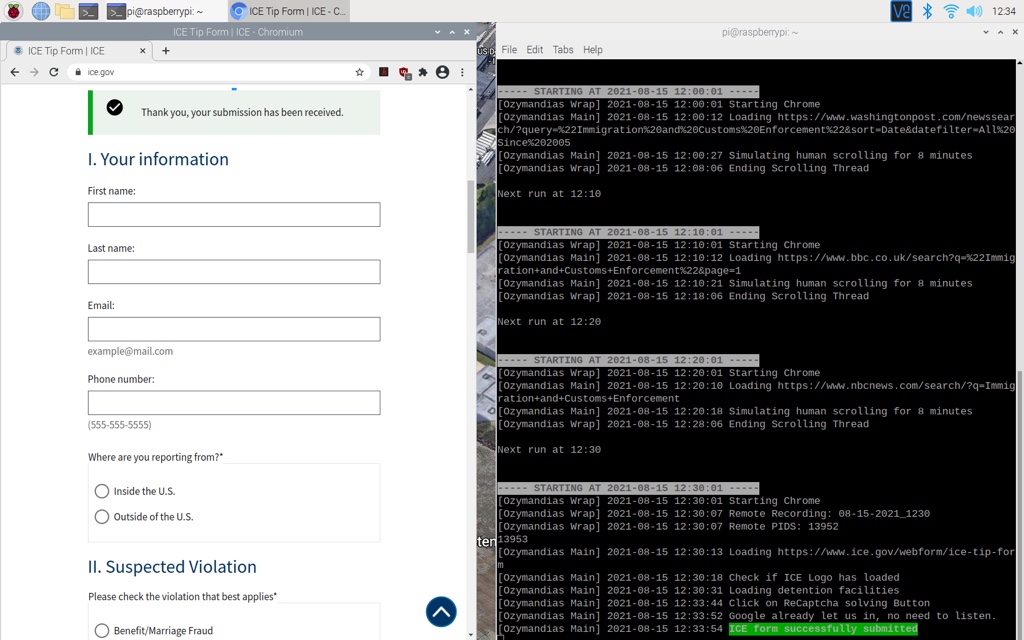Gabi Schaffzin
Assistant Professor
York University
Too often, design students are not given access to design histories that go beyond the hero-centric survey course that focuses on canonical figures responsible for forging a new path in the field or becoming household. In design, there are perhaps a few dozen of these individuals whose work will be indelibly stamped onto the brains of our undergraduates by the time they enter the workforce. That said, what those young designers do after graduation will most likely not feel terribly revolutionary as they sketch a user interface, layout a newsletter, or prepare a PowerPoint for their manager. As I will argue in this talk, however, it is critical to understand this type of work as explicitly world-building.
We must as design educators help our students recognize how complicated these seemingly banal artifacts are and see the inherent complexity of the issues surrounding them. By framing these complexities as systemic, we can break the spell of the canonical designer. A beautiful poster is, to be sure, seductive. But our students must pay attention to the interfaces and visual tools they build that will shape their world. In this talk, I will present a few such examples: a drop-down menu wherein a Palestinian’s nationality is not listed; a single black line used to facilitate the measurement of a patient’s pain; an online form used to send in tips for the Immigration and Customs Enforcement agency. If the time allows, I will also provide tips on how to find these examples, including via a tip of the cap to the relatively new Peoples’ Graphic Design Archive.
Certainly, if we are going to teach the tools to reshape the world, we must make sure our students have solid ground for survival—as such, I am not suggesting we fully jettison the foundational design education. But the problematics associated with the aforementioned artifacts are communal. By pairing banal design histories with systemic thinking and autonomous design approaches within the design practice curriculum, we can help our students understand their power and position them to make real, meaningful change.
